Partisans of the Nude: An Arab Art Genre in an Era of Contest, 1920-1960
Partisans of the Nude presents a survey of genre art of the nude made by artists in areas that were formerly Ottoman but not yet Arab. It is the first comprehensive survey of such works in the US.
Though often spoken of as taboo and practically absent from Arab art production, the nude genre was important for early twentieth-century artists who sought to define their societies as post-Ottoman and cosmopolitan. It even had a role in defining a modern Islamic identity and practice for Arab citizens-to-be. The exhibition argues for new ways of thinking about the formation of modern Arab and Muslim audiences and subjectivities. It contributes new tools of art historical analysis and identifies alternative cosmological sources.
The period of 1920–1960 corresponds to the political transition from Ottoman Empire to French and British protectorates, to statehood for countries like Egypt, Lebanon, Morocco, and Iraq. Paintings and sculptures of nudes populated professional studios, graced exhibitions in Tunis and Cairo intended for self-consciously modernizing audiences, peppered popular publications devoted to anti-corruption campaigns and literary innovation, and inspired nudist movements in Beirut.
Although recognized as foundational to Western art since Ancient Greece, the role the nude played in carving out an Arab art has been ignored by both nationalist histories and Orientalist narratives. By contrast, the exhibition shows that art movements outside the West created their own, connected and commandeering modernity through the genre. It recontextualizes “postwar” and “Arab spring” art by rooting it in the decolonizing and self-civilizing efforts of artists and activists who fiercely upheld aesthetic development and battled for new forms of political being.
Histories of art in the Arab world and other former colonies tend to take for granted the introduction of professional art genres, foremost among them the nude, as part of a colonial curriculum. Rather, the local art history Partisans of the Nude pursues understands the genre’s formation through particular interactions that are distilled into four main themes in the exhibition: 1) Professionalization and Gendering of Art; 2) Islamic Visuality and Muslim Visibility; 3) Nudism as Social and Culture Activism; 4) Nation-making, Local myths, and Unbounded Erotic Energies
The exhibition comprises more than 50 paintings and 20 drawings as well as sculptures and reliefs, photographs, film, and ephemera that speaks to both their popular and critical reception. The makers of these works range from internationally recognized artists credited with founding Arab art schools, such as Saloua Raouda Choucair, Jewad Selim, Kahlil Gibran, and Kamel Telmisany, to little-known and yet-to-be-studied artists, intellectuals, and critic-activists such as Fêla Kefi Leroux, Onnig Avedissian, Sophia Halaby, and Salah Taher. A series of short videos of contemporary testimonials explore the involvement of nudes in aesthetic developments, political debates, and literary and musical movements.
A team of scholars from Algeria, Armenia, Lebanon, Palestine, and the United States of America helped locate the artwork, research it, and/or write wall text for this exhibition. That team includes: Alessandra Amin, Lyn Dabbous, Jessica Gerschultz, May Makki, Sato Moughalian, Alae El-Ouazzini, Iona Stewart, Laura Tibi, and Nadia Von Maltzahm.
INSTALLATION VIEWS
Image Carousel with 12 slides
A carousel is a rotating set of images. Use the previous and next buttons to change the displayed slide
-
Slide 1: Installation view of "Partisans of the Nude: An Arab Art Genre in an Era of Contest, 1920-1960." Photograph by Olympia Shannon.
-
Slide 2: Installation view of "Partisans of the Nude: An Arab Art Genre in an Era of Contest, 1920-1960." Photograph by Olympia Shannon.
-
Slide 3: Installation view of "Partisans of the Nude: An Arab Art Genre in an Era of Contest, 1920-1960." Photograph by Olympia Shannon.
-
Slide 4: Installation view of "Partisans of the Nude: An Arab Art Genre in an Era of Contest, 1920-1960." Photograph by Olympia Shannon.
-
Slide 5: Installation view of "Partisans of the Nude: An Arab Art Genre in an Era of Contest, 1920-1960." Photograph by Olympia Shannon.
-
Slide 6: Installation view of "Partisans of the Nude: An Arab Art Genre in an Era of Contest, 1920-1960." Photograph by Olympia Shannon.
-
Slide 7: Installation view of "Partisans of the Nude: An Arab Art Genre in an Era of Contest, 1920-1960." Photograph by Olympia Shannon.
-
Slide 8: Installation view of "Partisans of the Nude: An Arab Art Genre in an Era of Contest, 1920-1960." Photograph by Olympia Shannon.
-
Slide 9: Installation view of "Partisans of the Nude: An Arab Art Genre in an Era of Contest, 1920-1960." Photograph by Olympia Shannon.
-
Slide 10: Installation view of "Partisans of the Nude: An Arab Art Genre in an Era of Contest, 1920-1960." Photograph by Olympia Shannon.
-
Slide 11: Installation view of "Partisans of the Nude: An Arab Art Genre in an Era of Contest, 1920-1960." Photograph by Olympia Shannon.
-
Slide 12: Installation view of "Partisans of the Nude: An Arab Art Genre in an Era of Contest, 1920-1960." Photograph by Olympia Shannon.
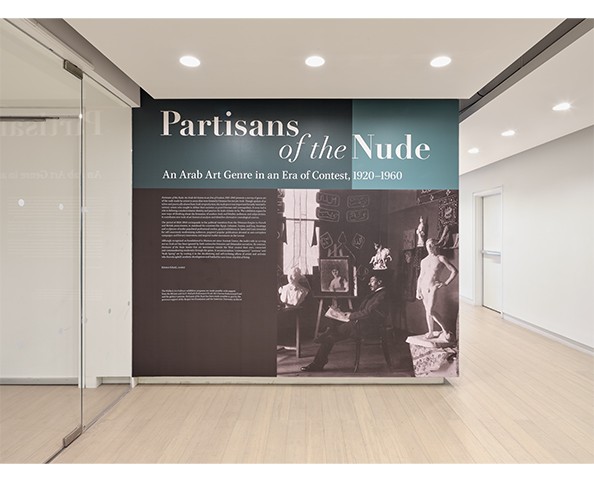
Installation view of "Partisans of the Nude: An Arab Art Genre in an Era of Contest, 1920-1960." Photograph by Olympia Shannon.
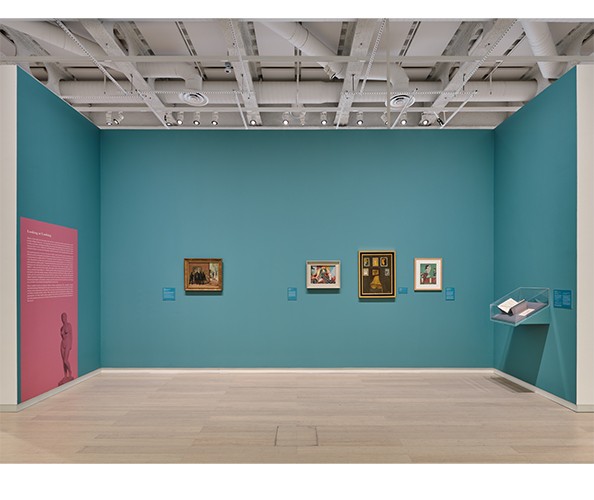
Installation view of "Partisans of the Nude: An Arab Art Genre in an Era of Contest, 1920-1960." Photograph by Olympia Shannon.
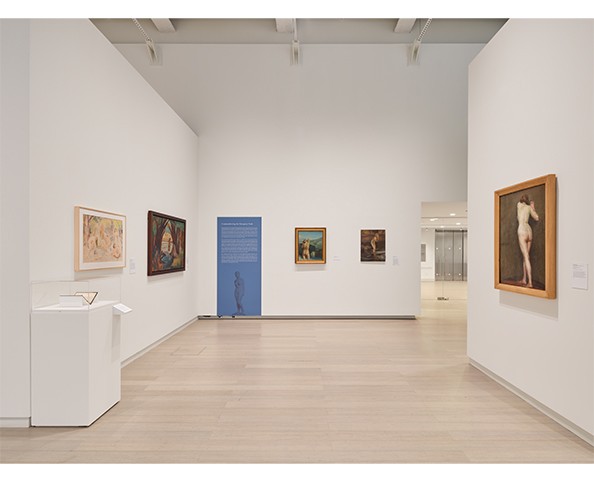
Installation view of "Partisans of the Nude: An Arab Art Genre in an Era of Contest, 1920-1960." Photograph by Olympia Shannon.
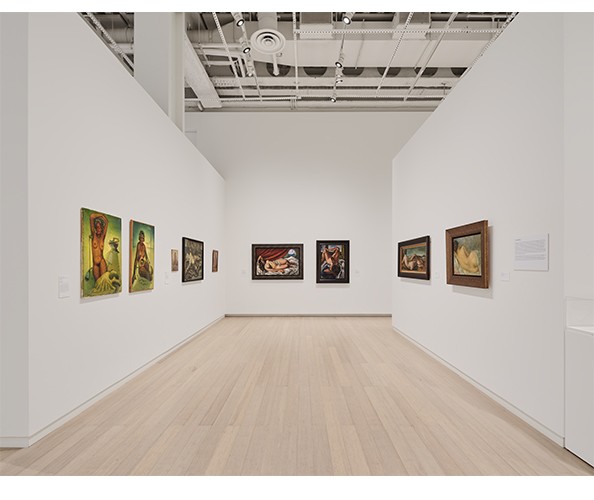
Installation view of "Partisans of the Nude: An Arab Art Genre in an Era of Contest, 1920-1960." Photograph by Olympia Shannon.
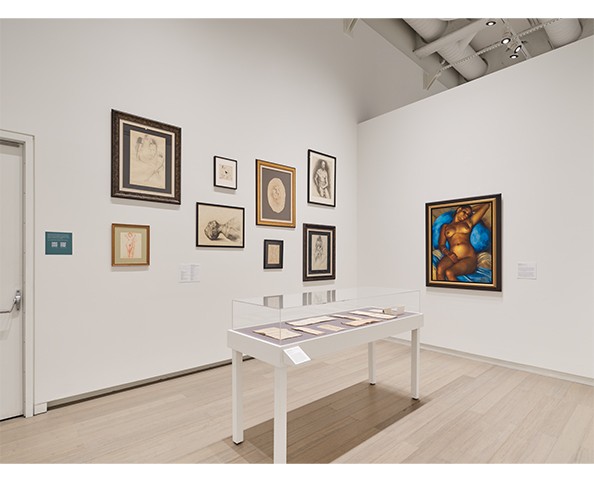
Installation view of "Partisans of the Nude: An Arab Art Genre in an Era of Contest, 1920-1960." Photograph by Olympia Shannon.
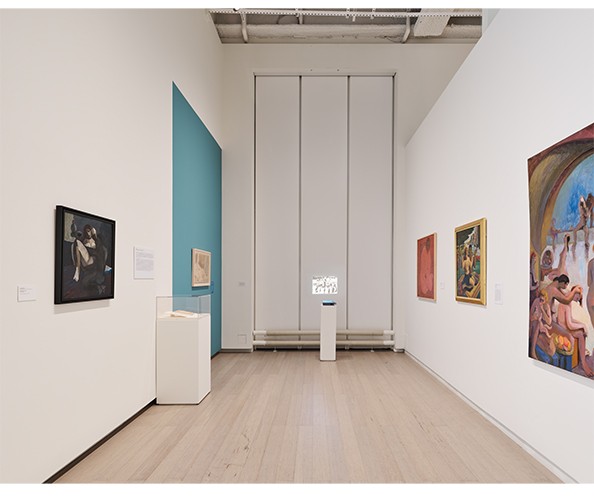
Installation view of "Partisans of the Nude: An Arab Art Genre in an Era of Contest, 1920-1960." Photograph by Olympia Shannon.
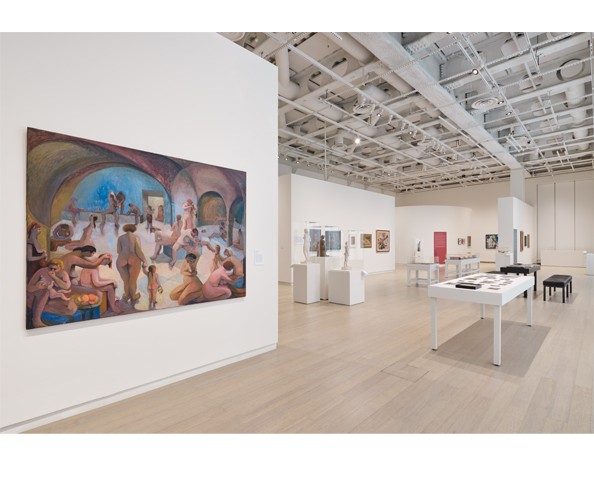
Installation view of "Partisans of the Nude: An Arab Art Genre in an Era of Contest, 1920-1960." Photograph by Olympia Shannon.
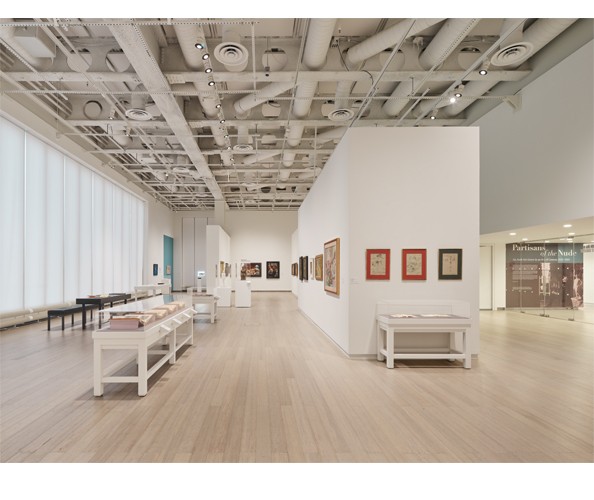
Installation view of "Partisans of the Nude: An Arab Art Genre in an Era of Contest, 1920-1960." Photograph by Olympia Shannon.
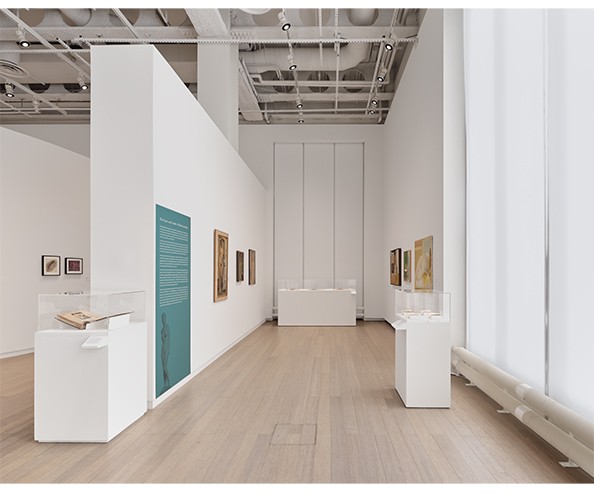
Installation view of "Partisans of the Nude: An Arab Art Genre in an Era of Contest, 1920-1960." Photograph by Olympia Shannon.
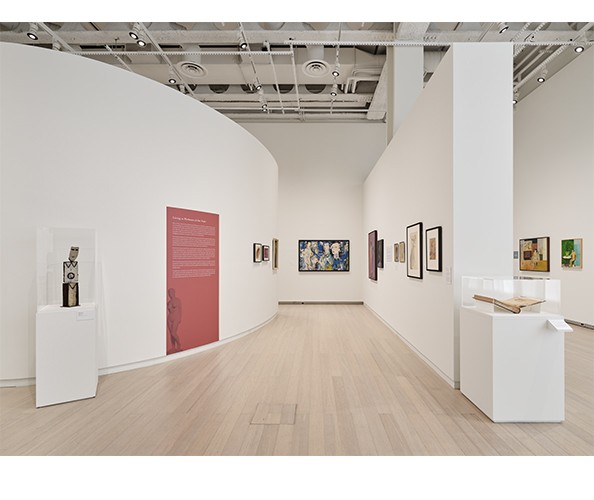
Installation view of "Partisans of the Nude: An Arab Art Genre in an Era of Contest, 1920-1960." Photograph by Olympia Shannon.
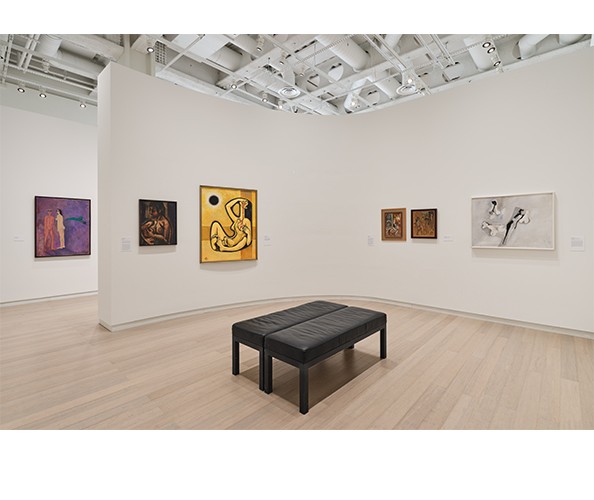
Installation view of "Partisans of the Nude: An Arab Art Genre in an Era of Contest, 1920-1960." Photograph by Olympia Shannon.
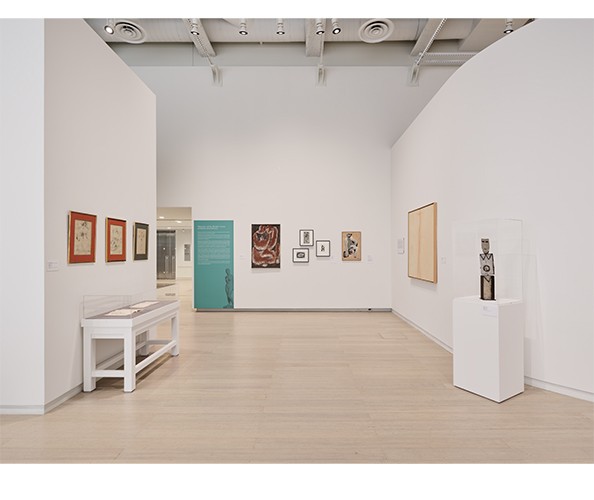
Installation view of "Partisans of the Nude: An Arab Art Genre in an Era of Contest, 1920-1960." Photograph by Olympia Shannon.

